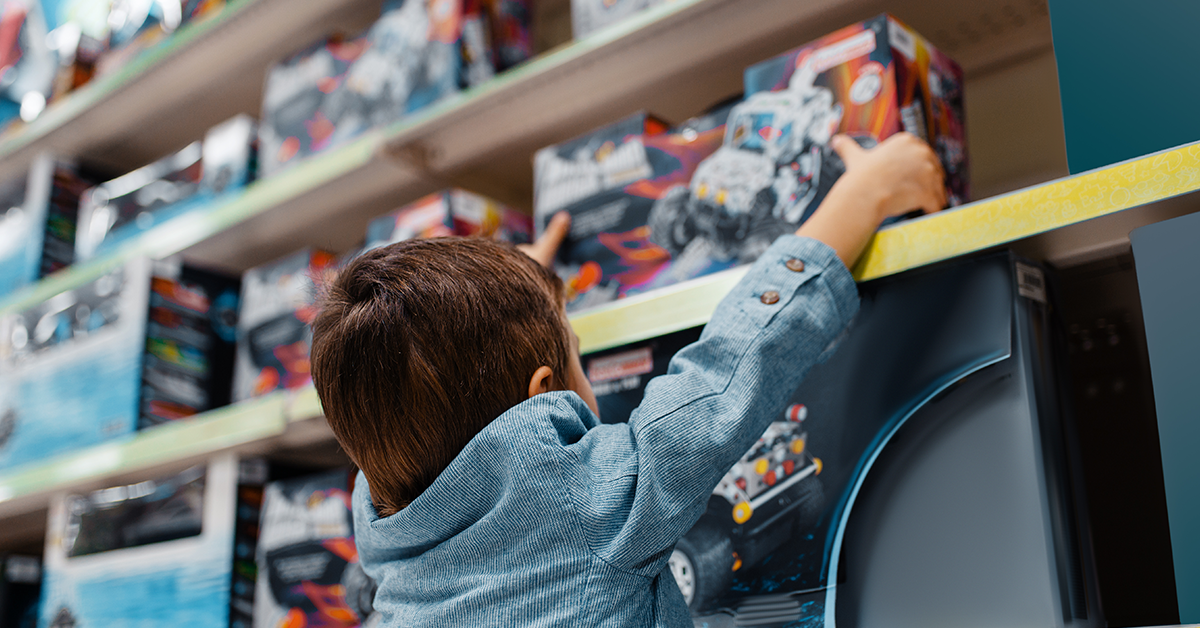The United States Consumer Product Safety Commission (CPSC) defines a children’s product as a product that was designed or meant primarily to be used by consumers 12 years of age or younger. The consumer product safety standards that apply to children’s products are stricter than those that apply to general use products, which are products designed for generally older age groups.
Watch The Video
This may be an important factor in your case if your child was injured while using a product. If they sustained injuries while using a product, you may be able to seek compensation for their medical bills and other such losses by filing an insurance claim or lawsuit on your child’s behalf. If the product in question was a children’s product, safety regulations and standards that apply to such products may influence how you build a case.
Qualities That Define a Children’s Product
Although the CPSC defines a children’s product as one meant for a user 12 years of age or below, it’s not always immediately clear when a product was designed for such users. The CPSC accounts for the following factors when determining if an item qualifies as a children’s product:
- Whether the manufacturer has made a statement (which could consist of a statement on the label) indicating the product is for users of a certain age group
- Whether the advertising, packaging, display, and other such features and factors of a product indicate it’s meant for children 12 years of age or younger
- Whether consumers would commonly recognize the product as one meant for children 12 or younger
The CSPC also uses its own recently-adopted Age Determination Guidelines to more accurately assess who a product is meant for.
Further, keep in mind that manufacturers have a duty to reasonably anticipate the environment of end-use – thus, if a product not intended for use by children is expected to be used in an environment with children, the manufacturer could still be liable should a child suffer an injury due to a defect or negligence.
Additional Requirements for Children’s Products
If the CSPC classifies a product as a children’s product, certain rules and regulations apply to it that don’t apply to general use products. The following are key examples:
- Children’s products must undergo third-party testing to ensure safety.
- Children’s products must display a certificate indicating compliance with the applicable rules and regulations, particularly those involving third-party testing.
Failure to abide by testing rules could allow a dangerous children’s product to hit shelves. It’s possible your child was injured because a company didn’t obey the law.
Massachusetts, like many other states, has a breach of warranty theory of liability.
How Rules and Regulations for Children’s Products Affect Personal Injury Cases
It’s worth noting that product liability cases differ from other types of personal injury cases in certain key ways. Specifically, in most types of personal injury cases, it’s necessary to show you or your child sustained injuries due to the negligence or actions of another party. Basically, you have to provide evidence showing injuries were sustained because someone was unreasonably careless.
You might assume a similar requirement applies in product liability cases. If your child was injured using a dangerous product, when seeking compensation, you would have to offer evidence showing that the product was dangerous because of negligence on the part of a manufacturer, designer, marketer, or other such party.
That’s not necessarily the case. Massachusetts, like many other states, has a breach of warranty theory of liability. This means it’s possible to seek compensation when a dangerous product injures someone without having to prove negligence.
However, it’s important to understand that insurance companies and liable parties will often employ a range of tactics in an effort to avoid paying claimants (injured parties) what they may deserve in these circumstances. For example, they might argue that an injured party was using a product improperly or wasn’t supervised correctly when using it. Sometimes, a liable party or insurance company doesn’t need to pay a victim if they can show that a victim was injured because they were using a product outside of its intended use.
You need to be prepared to guard against such tactics. One way to do so is to strengthen your case with as much evidence as you can. For example, it may be possible to show that a product harmed your child because it didn’t undergo the testing necessary for a children’s product.
An experienced attorney will also investigate to determine whether the product manufacturer is responsible for failing to produce a safe product, even if in compliance with the minimum standards, as their specialized knowledge of their product, as well as its uses, could require that additional safeguard be implemented.
Be aware that you don’t have to build a case alone. Gathering the evidence necessary to show how CPSC rules and regulations apply to your case can require conducting a thorough investigation. You might not have the resources and experience necessary to do so yourself.
At Swartz & Swartz, P.C., our Boston personal injury attorneys are available to handle these tasks for you while you focus on ensuring your child receives the care and treatment they need. Learn more about what we can do for you by contacting us online or calling us at (617) 742-1900 today.
Need Help?
If you or someone you know, needs help from a lawyer, contact the law offices of Swartz & Swartz, use our live chat, or send us a message using the form below and we’ll get in touch to assess your case and how we can help.
Keep Reading
Want more? Here are some other blog posts you might be interested in.




